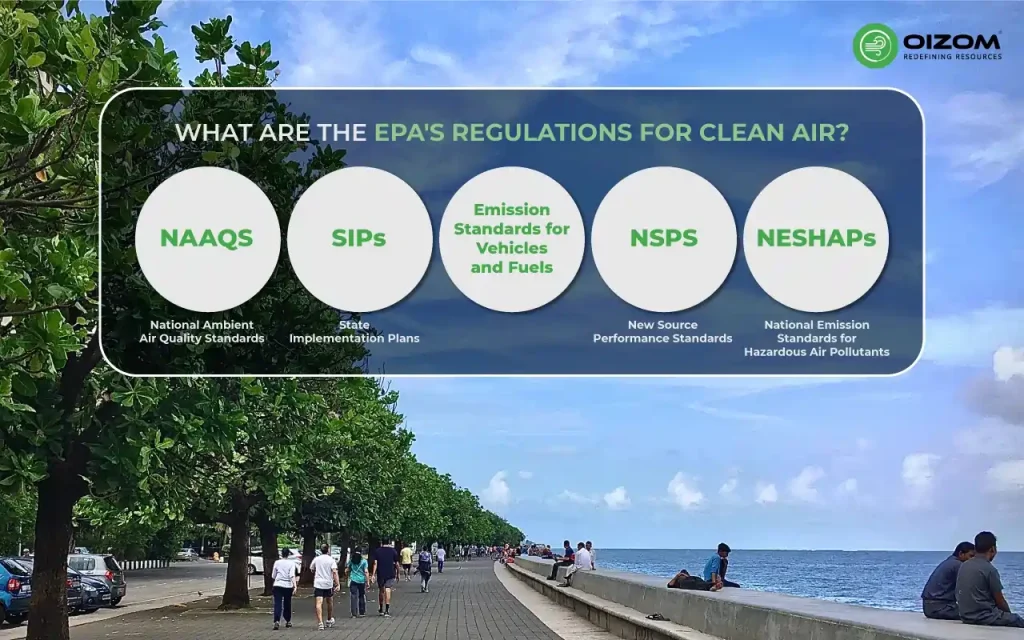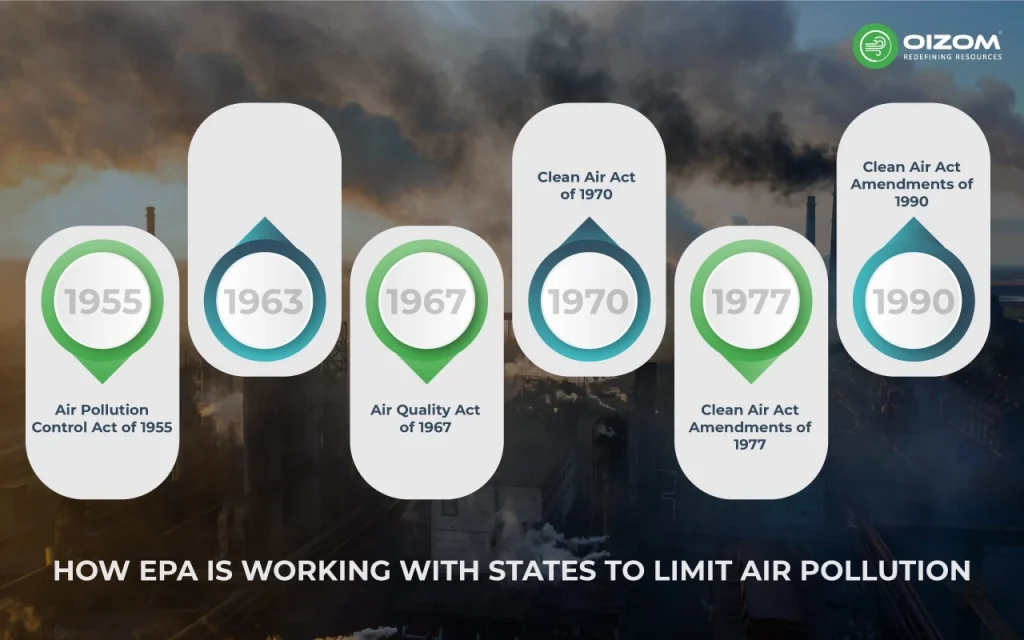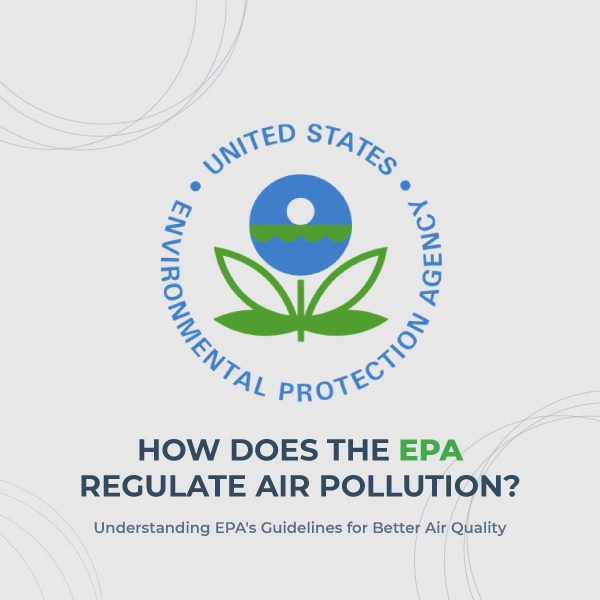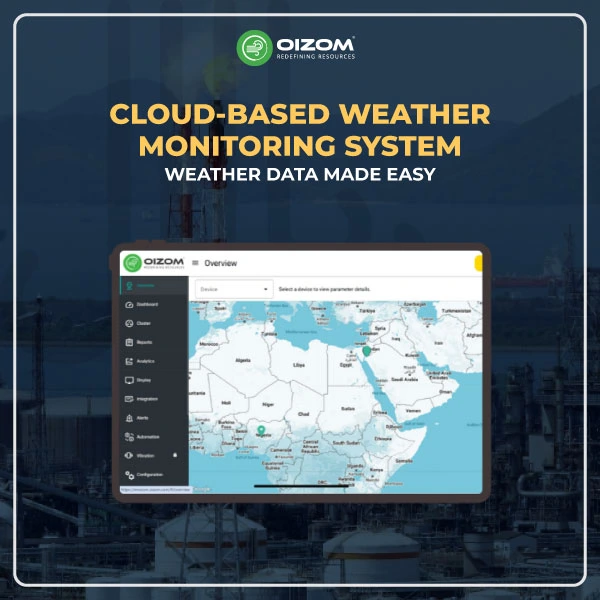Summary of Blog
The Environmental Protection Agency (EPA), founded in 1970, protects human health and the environment by establishing and enforcing air quality regulations. It regulates important pollutants such as ozone and particulate matter using scientifically developed National Ambient Air Quality Standards (NAAQS). The EPA enforces these rules through programs like the New Source Performance Rules (NSPS) and the National Emission Standards for Hazardous Air Pollutants. It works with states on State Implementation Plans (SIPs), performs inspections, and imposes penalties for noncompliance. Wood smoke, cars, and industry all contribute significantly to pollution. The EPA’s restrictions have greatly improved air quality. Individuals can contribute by conserving energy, limiting car use, and avoiding wood burning. The EPA also addresses water resources, hazardous substances, and waste management, promoting a sustainable environment. It ensures cleaner air, land, and water for a healthier future.
How does the EPA regulate air pollution? Understanding EPA's Guidelines for Better Air Quality.
Are you familiar with the EPA? Many environmental professionals are, but if you’re not, don’t worry. I’m here to explain the EPA, its purpose, and how it regulates air pollution. Basically, Why was the EPA established? To answer your question. Let me guide you thoroughly. It was founded in response to widespread public environmental concerns that gained traction in the 1950s and 1960s. Since its inception, the EPA has tried to protect and conserve the natural environment while improving human health by researching the impacts of pollutants and imposing restrictions on their usage.
The United States Environmental Protection Agency (EPA) is a tremendous force in protecting the planet. The EPA has been at the forefront of developing environmental policies, laws, and international cooperation. With a focus on maintaining air, water, and land resources, the agency is critical in combating climate change, reducing pollution, and promoting sustainability. In this article, I will share all the insight into how the EPA regulates air pollution. But, first of all, let’s get basic knowledge of the EPA.
What is EPA?
EPA is the Environmental Protection Agency (EPA), which regulates air pollution in the United States, protecting both public health and the environment. The Environmental Protection Agency (EPA), established in 1970, has been at the forefront of efforts to monitor and reduce dangerous air pollutants through several comprehensive programs and regulations.
The EPA’s purpose includes creating National Ambient Air Quality Standards (NAAQS) for key pollutants such as ozone, particulate matter, carbon monoxide, sulfur dioxide, nitrogen dioxide, and lead. These guidelines are based on the most recent scientific research to guarantee that they provide adequate protection for public health and the environment.
To enforce these criteria, the EPA permits industries and facilities to ensure they follow air quality regulations. The agency also performs frequent inspections and has the authority to impose enforcement actions against violators, such as penalties and legal processes.
What does the EPA regulate?
The EPA has significant regulatory powers, which allow it to enforce environmental legislation and monitor compliance. The organization controls various environmental issues, including air quality, water resources, hazardous substances, waste management, etc. Its jurisdiction is derived from various laws, including the Clean Air Act, Clean Water Act, and Toxic Substances Control Act (TSCA).
Since its establishment, the EPA has significantly contributed to environmental preservation and sustainability. Some notable achievements of the EPA include:
- Improved Air Quality
- Enhanced Water Resource Management
- Hazardous Waste Remediation
- Chemical Safety
- Environmental Impacts
- Promotion of Environmental Sustainability
- Environmental Education and Awareness
The Environmental Protection Agency (EPA) is an important government agency dedicated to protecting human health and the environment. With its regulatory authority, enforcement skills, and collaborative approach, the EPA is critical in resolving environmental issues, controlling pollutants, and promoting sustainable practices. The EPA has made great progress in improving air and water quality, managing hazardous waste, and promoting environmental stewardship. As the steward of our environment, the EPA works continuously to secure a cleaner, healthier, and more sustainable future for all. Below, we will discuss some of the sources of air pollution.
Sources of Air Pollution

When most people think of sources of air pollution, they see large smokestacks, such as power plants and factories. Only approximately a quarter of air pollution comes from smokestacks. The rest comes from a wide range of common neighborhood sources. Here, I will discuss only a few of the sources. Moreover, when outdoor air quality is bad, you can refer to this article and take proper steps to protect yourself from it.
- Neighborhood sources of air pollution include automobiles, local businesses, heating and cooling equipment, wood fires, and gas-powered yard and recreation equipment. We are exposed to these sources regularly and sometimes for extended periods. Reducing pollution from local sources is difficult since they are widespread and numerous. Some larger-scale initiatives can help. For example, the EPA or states may force manufacturers to produce low-emission equipment.
- Wood Smoke: According to recent assessments, household wood burning has increased over time. Although most wood is burned for home heating, recreational wood fires are the most popular reason people burn wood. In the most recent emissions inventory, residential wood burning accounted for 55% of Minnesota’s direct fine particle emissions. While many other causes of air pollution are decreasing, the estimated pollution from wood smoke is increasing.
- Vehicular Emission: This category of sources includes automobiles, trucks, railroads, construction and agricultural equipment, boats, snowmobiles, and other vehicles. Although they may not pollute much individually, when combined, they account for nearly half of the air pollution.
- The federal government has played the most significant role in decreasing automobile emissions regulating car manufacturing and gasoline production. Federal laws require vehicles and equipment to become more efficient and reduce pollution. They also required the removal of lead from gasoline and the reduction of sulfur in diesel fuel, resulting in a significant reduction in air pollution.
- At the municipal and regional levels, we can manage land use and public transportation so that people can walk, cycle, or take buses or trains instead of driving.
- Industry Emission: The combustion of fossil fuels such as coal and oil in industrial processes in power plants, refineries, and factories emits a wide range of pollutants, most of which are identical to those generated by transportation and mobility. In addition, chemical processes and volatile industry wastes emit VOCs.
- Energy generation and distribution in Europe account for over 60% of all sulfur oxide emissions. In the United States, stationary fuel combustion sources such as electric utilities and industrial boilers account for 73.2% of sulfur dioxide emissions.
What are the EPA's regulations for clean air?

The Environmental Protection Agency (EPA) enforces Clean Air Act laws to enhance air quality and safeguard public health. Key regulations include:
National Ambient Air Quality Standards (NAAQS)
The EPA sets NAAQS for six major pollutants: ozone, particulate matter, carbon monoxide, sulfur dioxide, nitrogen dioxide, and lead. These standards protect public health and the environment.
State Implementation Plans (SIPs)
States must develop SIPs detailing how to meet NAAQS through industrial and vehicle emissions regulations.
Emission Standards for Vehicles and Fuels
The EPA regulates emissions from cars, trucks, and buses, setting strict standards for new vehicles and controlling fuel sulfur content to reduce pollutants like nitrogen oxides and volatile organic compounds.
New Source Performance Standards (NSPS)
NSPS limits emissions from new or modified stationary sources, ensuring the use of the best available technology.
National Emission Standards for Hazardous Air Pollutants (NESHAPs)
NESHAPs control emissions of hazardous air pollutants from specific industries based on maximum achievable control technology to reduce toxic emissions.
How EPA is working with states to limit air pollution

The EPA takes measures to protect all Americans from air pollution. It limits the amount of certain pollutants that can be present in the air across the United States and can also control air pollutant emissions from sources such as utilities and manufacturers.
Individual states and tribes cannot have pollution standards lower than those established by the EPA. The Environmental Protection Agency (EPA) provides research, engineering, and finance to state, tribal, and local governments to assist them in moving toward cleaner air.
The federal government has controlled the EPA’s air quality work since the 1950s. Key air quality milestones include:
- Air Pollution Control Act of 1955: The first federal air pollution legislation funded research on air pollution.
- Clean Air Act of 1963: Authorized the development of a national program to address air pollution-related environmental problems.
- Air Quality Act of 1967: Established rules for the interstate transport of air pollutants.
- Clean Air Act of 1970: A major shift in the federal government’s role in air pollution control, this legislation authorized the development of comprehensive federal and state regulations to limit emissions from industrial and mobile sources like cars and trucks. Four major regulatory programs were initiated, including the NAAQS. The EPA was created on December 2, 1970, to implement the new standards.
- Clean Air Act Amendments of 1977: Set rules to help geographic areas meet the NAAQS.
- Clean Air Act Amendments of 1990: Increased the authority and responsibility of the federal government to control 189 toxic pollutants and created a program to phase out the use of chemicals that deplete the ozone layer.
How you can help to reduce air pollution
- Check the daily air pollution forecast for your area. Color-coded forecasts can notify you when the air in your neighborhood is unhealthy. Local radio and television weather reports, newspapers, and the internet are all potential sources.
- The Polludrone monitors air quality using e-breathing technology, which mimics the function of the human lung. It inhales and exhales 325 mL/min of air, allowing the sensors to examine the sample in a controlled and replicated environment. The device provides real-time and accurate data on its cloud platform envizom.
- Use less energy at home. Electricity and other forms of energy generation emit pollutants into the atmosphere. By conserving energy, you can help improve air quality, reduce greenhouse gas emissions, promote energy independence, and save money!
- Encourage your child’s school to limit exposure to school bus emissions. Schools should not allow buses to idle outside their facilities to reduce pollution emissions. Many school districts are utilizing this strategy. The US EPA’s Clean School Bus Program states that diesel buses should be replaced with electric buses.
- Walk, bike, or carpool. Combine adventures. Rather than driving your automobile, take advantage of buses, subways, light rail systems, commuter trains, and other modes of transportation.
- Do not burn wood or garbage. Burning firewood and rubbish are significant causes of particle pollution in many parts of the country.
- Wear a mask if necessary; Wildfire smoke, dust from building sites, and gravel roads can all contribute to particulate matter, a kind of air pollution. When particle matter is inhaled, it might cause respiratory problems. A decent mask, such as a N95, can help keep these tiny particles at bay, particularly if you spend time outside.
- Protect your indoor air quality, too.
Conclusion
Finally, the Environmental Protection Agency is an umbrella term; the EPA ensures clean air, land, and water for Americans. The Environmental Protection Agency (EPA) is one of the important government agencies responsible for monitoring air quality dedicated to protecting human health and the environment. With its regulatory authority, enforcement skills, and collaborative approach, the EPA is critical in resolving environmental issues, controlling pollutants, and promoting sustainable practices. The EPA has made great progress in improving air and water quality, managing hazardous waste, and promoting environmental stewardship. In conclusion, I hope this article gives you a basic understanding of the EPA and why it matters.






